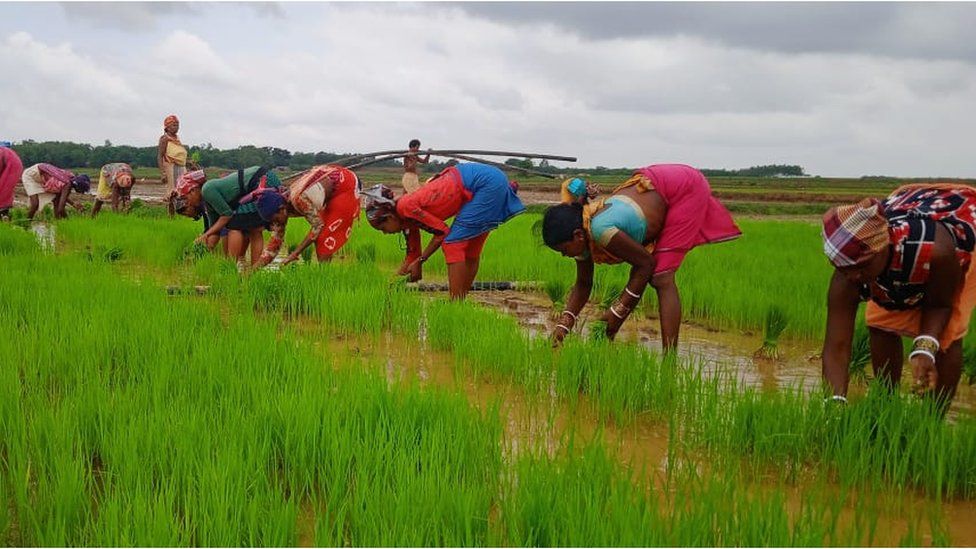Commentary: The heirs and spares of Thailandâs monarchy

King Vajiralongkorn’s only royally titled son – 18-year-old Prince Dipangkorn Rasmijoti – is, according to unofficial reports, autistic and “mentally challenged”. Even if true, this might not impede his ability to perform regal functions when the time comes. However, there could be a role for a trusted, relatively young, family member to help him.
In any event, given the issues facing his two half-sisters, one of the prince’s four half-brothers as a ”spare” may be a wise bet.
HOPE OF A FAMILY RAPPROCHEMENT
For their part, the four estranged sons have long stated their desire to return to Thailand. In 2016, after the death of their grandfather King Bhumibol Adulyadej, they expressed their respect for, and loyalty to, their father as the new king on a now-restricted Facebook page.
The visit’s prominent coverage in the Thai media raises hopes of a family rapprochement. Previously, the press airbrushed the four out of reporting on the king’s family. That said, limits remain. Even now, the Thai press does not mention the other two brothers by name. And it is coy on why they have remained abroad for so long.
More importantly, were the royal connections of the four to be restored, it would give greater certainty to the reigning Chakri dynasty. The 71-year-old monarch has no acknowledged grandchildren. And there are no signs that either of his unmarried daughters will be having any in the foreseeable future, certainly not in the next few years.
Absent his four US-based sons, this puts the onus on 18-year-old Prince Dipangkorn to maintain the family line.



















